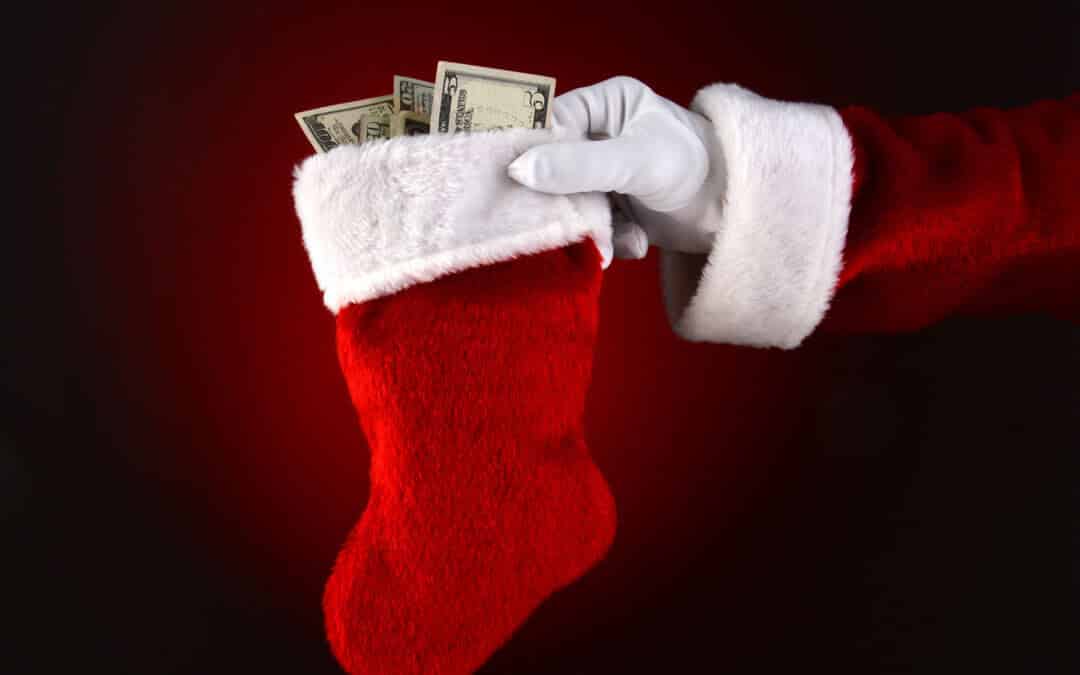Charitable giving has been on the upswing over the last several years, with people giving more than $410 billion to causes in 2017. Part of that may be due to social sharing, which has made it easier than ever to raise money for a good cause.
However, while social media may make it easier to donate, it also makes it easier to be scammed. Now that it’s the holiday season—aka the Giving Season—those requests for donations have hit hyperdrive.
So how do you weed out the worthy charities from the illegitimate ones? How do you decide where to send money or much-needed food and cold weather accessories? Here are three steps to follow if you want to give to a good cause:
Do your research
During the 2017 holiday season, a couple from New Jersey started a pay-it-forward GoFundMe campaign for a homeless vet who they said had given the woman his last $20 when her car ran out of gas. The heart-warming campaign raised more than $400,000 from people all over the country and world, who’d never met the people involved. The problem? It was all fake, and now the three face theft charges and up to 10 years in prison.
The moral of this story is to be wary of too-good-to-be-true stories or tales of woe on social sharing sites, including GoFundMe campaigns. Before you give any of your hard-earned money, check out the people and organizations involved. If it sounds too good or too sad to be true, it might be.
Check charities
Anyone can claim they represent a charity, or that their organization is a designated 501(c)(3). Luckily for donors, it’s easy to check whether a charity is real or is really doing good work. Guidestar and Charity Navigator are online tools that track and evaluate charities.
-
- Guidestar: This website has data on 2.7 million nonprofits. The information includes the organization’s programs and outcomes, financials, and contact information. Guidestar also rates charities’ commitment to transparency.
- Charity Navigator: This website has ratings on more than 9,000 charities in the U.S. The evaluations include the nonprofit’s financial health and accountability and transparency.
Give local
The best way to know if a charity is worthy of your contribution is to see it in action. So next time you’re wondering where to send your tax-deductible donation, look around your community. In Utah Valley, there are local programs run by reputable nonprofits to help families provide Christmas gifts to children. There’s an organization that provides meals to homeless people. Local food pantries help families in need stock their shelves year-round. At Community Action Services and Food Bank, which is the largest food pantry in the area, we leverage donations to provide for our neighbors in need. For every $1 donated, we can provide five meals to a hungry family. But we’re more than a food pantry—we help people pull themselves out of poverty, teach financial skills, provide emergency assistance, and much more. We’re also Better Business Bureau-approved, and have a Gold rating from Guidestar, so you can rest assured your donation to Community Action Services will help people in need.
It’s the Giving Season, and there’s no reason to hold back donations because you’re worried about being scammed. As long as you do your research, check charities or give local, you’ll be sure to help people in need.

